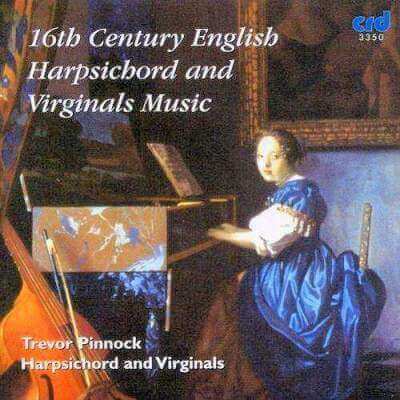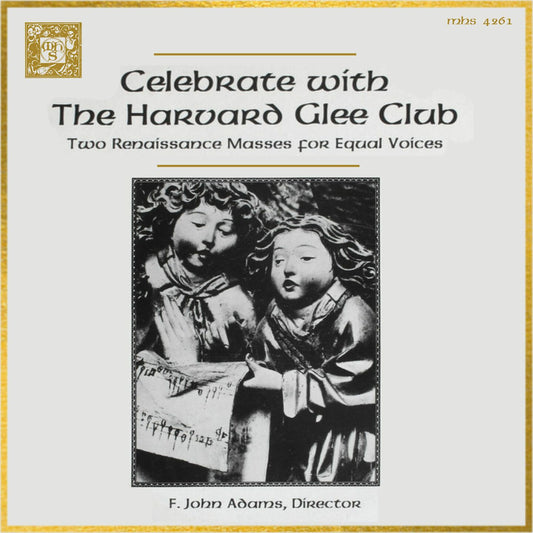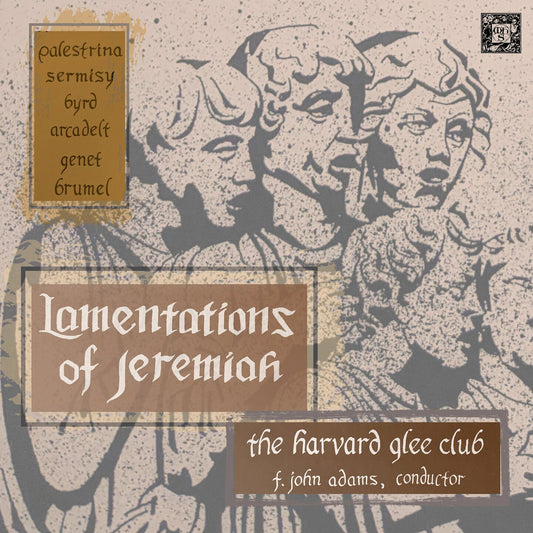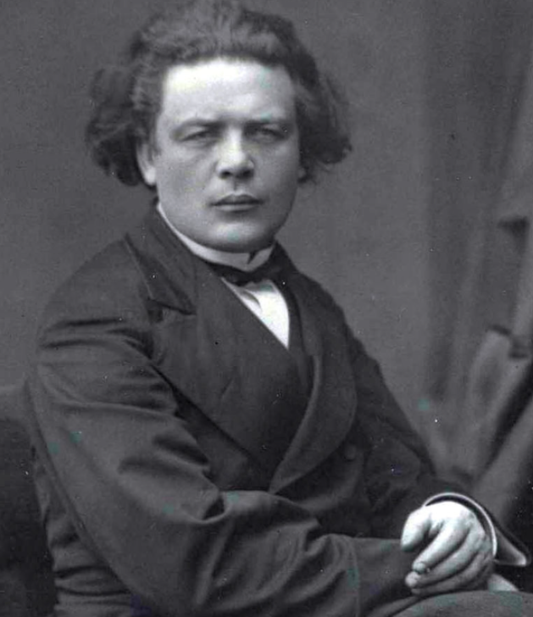Collection: THOMAS TALLIS (c. 1505 – 1585)
Thomas Tallis (c. 1505 – 23 November 1585) stands as a foundational figure in English music, a composer whose remarkable career spanned one of the most turbulent periods in the nation's religious and political history. His exceptional talent and pragmatic adaptability allowed him not only to survive but to thrive under the reigns of four Tudor monarchs – Henry VIII, Edward VI, Mary I, and Elizabeth I – each demanding different styles and languages for worship. This unique position earned him the informal title "Father of English Cathedral Music."
While details of his early life remain obscure, Tallis likely began his musical journey as a choirboy. His first documented post was as organist at Dover Priory in 1532. Subsequent positions followed at St Mary-at-Hill in London and then, significantly, at Waltham Abbey, a major Augustinian monastery. It was here that Tallis likely honed his mastery of intricate Latin polyphony, the dominant style of the pre-Reformation church. However, his tenure was cut short by Henry VIII's Dissolution of the Monasteries around 1540, an event that reshaped the landscape of English religious music and forced musicians like Tallis to seek new patronage.
By 1543, Tallis had secured a prestigious appointment as a Gentleman of the Chapel Royal, the sovereign's personal choir. This position placed him at the very centre of court life and musical innovation for the rest of his long career. His service began under Henry VIII, a period still largely dominated by Latin rites, albeit with growing Protestant influences.
The accession of the young Edward VI in 1547 brought radical changes with the English Reformation gaining full momentum. The Book of Common Prayer was introduced, demanding music set to English texts in a simpler, clearer style to ensure the congregation could understand the words. Tallis adeptly adjusted his compositional approach. Works like the beautiful anthem "If Ye Love Me" exemplify this new, more direct style – homophonic, syllabic, yet retaining an inherent musical grace.
The pendulum swung back dramatically with the accession of the Catholic Mary I in 1553. Latin liturgy was restored, and Tallis, demonstrating his extraordinary flexibility, returned to composing elaborate, melismatic polyphony for the Catholic Mass and Offices. Pieces like the grand seven-voice motet "Gaude gloriosa Dei Mater" likely date from this period, showcasing his undiminished command of complex continental techniques.
Elizabeth I's accession in 1558 ushered in the Elizabethan Settlement, a more moderate form of Protestantism that sought a middle ground. While English remained the primary liturgical language, a degree of musical elaboration was permitted, allowing Tallis to synthesize elements from both traditions. He continued to serve the Chapel Royal, now alongside the brilliant young composer William Byrd, who became his pupil and close associate.
In 1575, Elizabeth granted Tallis and Byrd a joint 21-year monopoly for printing polyphonic music in England – a significant mark of royal favour. Their first publication under this patent was the Cantiones quae ab argumento sacrae vocantur (Songs which are called sacred according to their subject matter), a collection of 34 Latin motets (17 by each composer) dedicated to the Queen. This collection included some of Tallis's finest works, such as the deeply expressive Lamentations of Jeremiah.
Perhaps Tallis's most famous composition is the monumental 40-part motet "Spem in alium," likely composed for a specific grand occasion during Elizabeth's reign. Scored for eight choirs of five voices each, it is an astonishing feat of contrapuntal writing and spatial acoustics, creating an overwhelming and immersive soundscape unlike anything else from the period. Alongside such grandeur, he also penned simpler hymn tunes, including the enduring "Tallis's Canon," still sung today.
Thomas Tallis died a respected figure in 1585 and was buried in the chancel of St Alfege's Church, Greenwich. His legacy is immense. He navigated treacherous religious transitions with consummate skill, adapting his musical language while maintaining artistic integrity. His body of work encompasses the rich polyphony of the Catholic tradition, the functional clarity required by early Anglicanism, and the sophisticated blend characteristic of the Elizabethan era. More than just a survivor, Tallis was a master craftsman whose music continues to resonate, embodying the soul of English choral sound across centuries of change.






